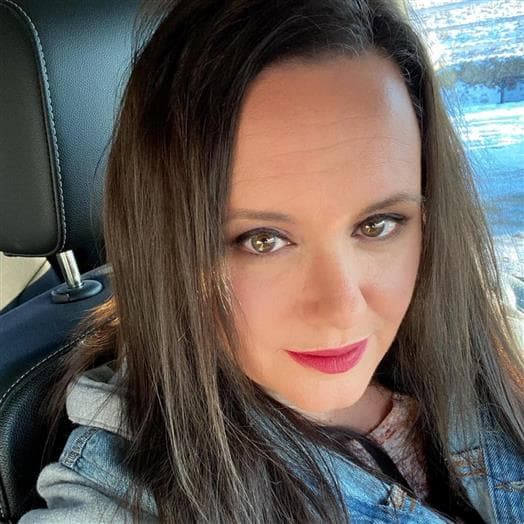“Every piece of art has a story, Indigenous or not. Indigenous art (in particular) tells you something. It’s something – from the past or the future – that the artist wants you to see or understand.”
Helena Mazawasicuna reminds herself that it doesn’t have to be perfect. Helena, a resident of the Sioux Valley Dakota Nation in Southwestern Manitoba and a descendent of the Munsee band from the Mohican Nation as well as an operator at the Sioux Valley Petro-Canada, has been beading for eight years now and is self-taught. “I started off on a loom. I got pretty good at it. Then I moved off the loom and started using a needle. I’m left-handed which is unusual for a beader. To learn, I watched other beaders bead – what tools were they using – and then would test myself… It was important to remind myself that mistakes are okay, remind myself not to get frustrated.” Helena laughs, “A lot of praying goes into beadwork.”
It's important that Helena is in the right mindset when she starts to bead. “Our spirits have to be in a good place. When I pick up my beadwork and am in the right frame, it just flows.” Designs come to her that way too. “Someone will ask me to bead a horse (medallion) for them. I might ask them for colours, but no other specifics. I just want for the design to come. Then I can start beading. You can’t force it.”
The Petro-Canada beaded logo project wasn’t something that she would normally do. “It’s the first time I’ve done something for a non-Indigenous business. But I’m appreciative of the support that Suncor (parent of Petro-Canada) has given me. I’m appreciative of the stories that I’ve been able to tell through Suncor – about the Residential schools, MMIWG, our Unity rides. My logo is a ‘thank you’. And I want to help them learn as much as possible.”
Helena had some doubts when creating the logo, “A little bit of it looks like graffiti. Letters are hard for me. But then I have to remind myself that it doesn’t have to be perfect. Someone else might do it differently, but that’s ok.” Helena laughs, “Plus it has my crystal edging. That’s my signature – all my pieces have it.”
Art like Helena’s beadwork can be an important tool for reconciliation.
To further the reconciliation process, Helena recommends seeking Indigenous elders who have made their healing journey. “Go to a reserve. Ask to meet with elders. There is still a lot of healing to be done. They know their tribe’s history. If you really care and really want to know, talk to elders and tribal members .” Helena pauses. “And then ask the elders if you can talk to the youth. Encourage them with support and ask them about how they are going to help their tribes in the future, and what the world can do to help .”





